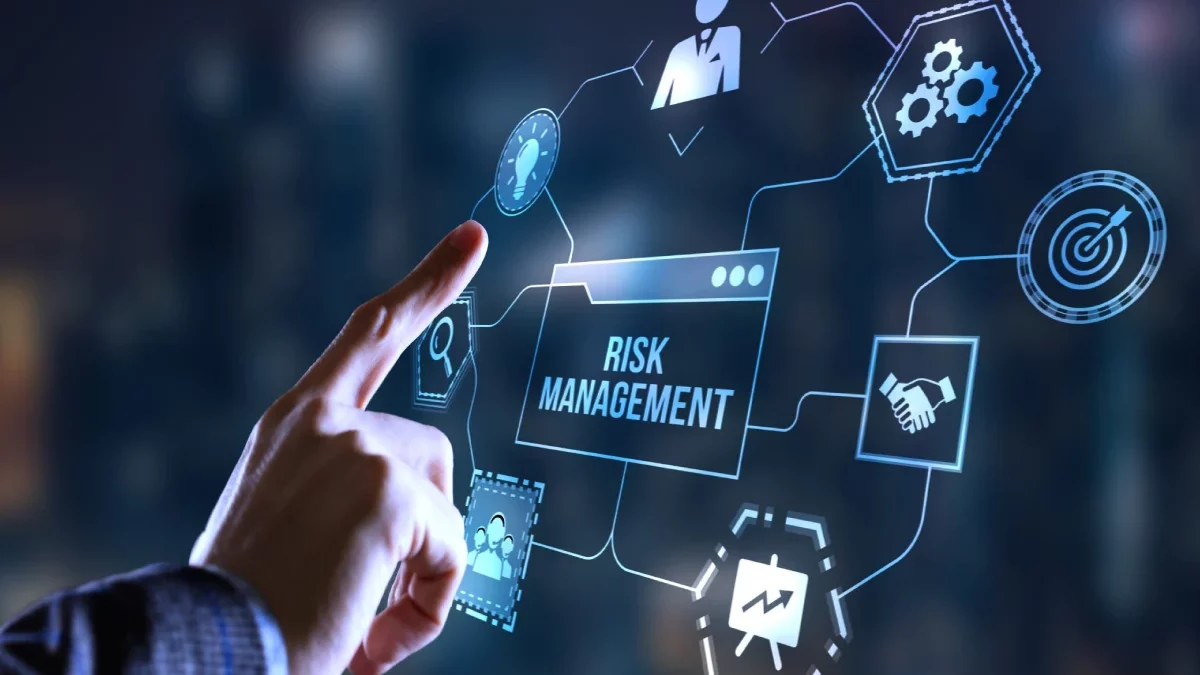In the field of security operations, the ability to identify, assess, and manage security threats is of paramount importance. Security threat assessment and risk management play a crucial role in ensuring the safety and protection of individuals, properties, and assets. As part of the curriculum for Certificate II in Security Operations, learners are equipped with the necessary knowledge and skills to effectively analyze threats and implement risk management strategies. This article delves into the key concepts of security threat assessment and risk management within the context of Certificate II Security Operations.
Table of Contents
I. Understanding Security Threat Assessment
1.1 Definition and Scope
Security threat assessment involves the systematic evaluation of potential risks and vulnerabilities to determine the likelihood and potential impact of security threats. This process encompasses a range of factors, such as physical threats, technological risks, human factors, and environmental hazards. By conducting a comprehensive assessment, security professionals can proactively identify potential threats and implement preventive measures.
1.2 Threat Identification and Categorization
The first step in security threat assessment is the identification and categorization of potential threats. This includes assessing external factors, such as crime rates, terrorism, and civil unrest, as well as internal factors like unauthorized access, theft, or employee misconduct. These threats are then categorized based on their severity, probability, and potential impact on the organization.
II. Risk Management Strategies
2.1 Risk Identification and Analysis
Once threats are identified, the next step is to evaluate their potential impact and likelihood of occurrence. Risk analysis involves assessing the vulnerabilities and consequences associated with each threat. This process enables security professionals to prioritize risks and allocate resources effectively. By conducting a thorough risk analysis, security professionals can identify potential weaknesses in existing security measures and develop appropriate countermeasures.
2.2 Risk Mitigation and Prevention
After identifying risks, the focus shifts to risk mitigation and prevention. This involves implementing strategies and measures to reduce the likelihood and impact of potential threats. Strategies may include physical security measures like access control systems, surveillance cameras, and alarm systems. Additionally, training programs for employees on security awareness and emergency response procedures are crucial in mitigating risks.
2.3 Incident Response and Crisis Management
Despite preventive measures, security incidents can still occur. As part of risk management, it is essential to have well-defined incident response and crisis management protocols in place. These protocols should outline the steps to be taken in the event of a security incident, including communication procedures, evacuation plans, and coordination with relevant authorities. Regular drills and exercises should also conducted to ensure the effectiveness of these response protocols.
III. Integration with Certificate II Security Operations
3.1 Curriculum Relevance
Certificate II Security Operations provides learners with the fundamental skills required to work in the security industry. Security threat assessment and risk management are key components of the curriculum, emphasizing the importance of proactive security measures. By understanding and applying the principles of threat assessment and risk management, graduates of Certificate II Security Operations are better equipped to identify and respond to potential security threats in various environments.
3.2 Practical Application
The theoretical knowledge gain during the course is complemented by practical application in real-world scenarios. Students may engage in simulations and case studies to practice threat assessment and risk management techniques. These exercises allow learners to apply their knowledge and develop critical thinking skills when faced with complex security challenges.
Conclusion
In conclusion, security threat assessment and risk management are integral to the field of security operations. The Certificate II in Security Operations curriculum recognizes the significance of these concepts and ensures that learners gain the necessary knowledge and skills to identify, assess, and manage security threats effectively. By conducting thorough threat assessments and implementing robust risk management strategies, security professionals contribute to the safety and protection of individuals, properties, and assets in various environments.


